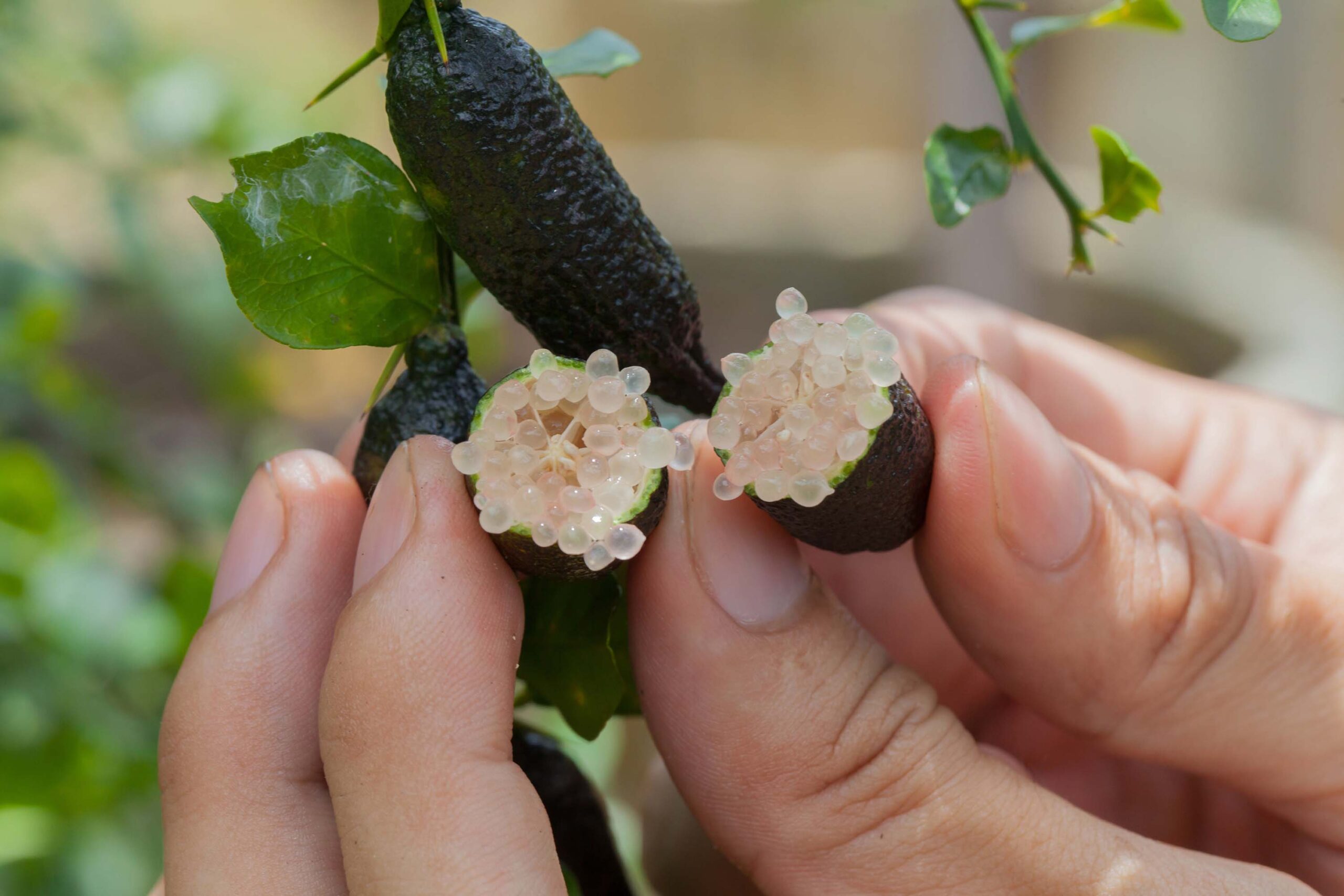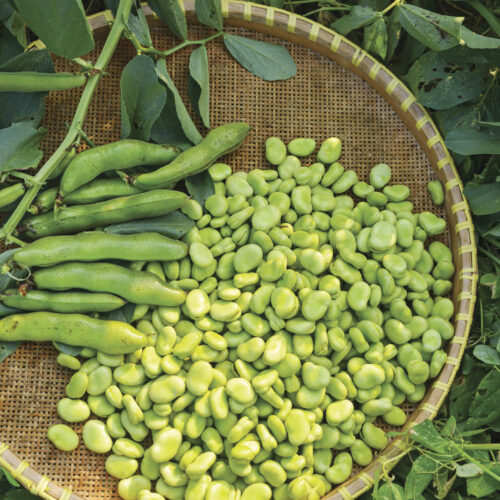Bush foods – good for you and the environment
2019-12-03T02:59:42+11:00
Bush foods are a good option to plant in your garden, especially as they are adapted to our hot climate and are often rich in nutrients.
Foods from native Australian plants deserve a special mention when it comes to survival foods. First Nation Peoples thrived on them for tens of thousands of years and it makes sense that in a climate crisis scenario characterised by relentless heatwaves, epic storms, punishing droughts and rogue frosts, the broader Australian population would be wise to thrive on them as well.
Bush foods are well adapted to the extremes of the Australian continent and they are often incredibly rich in nutrients, sometimes significantly more so than their imported counterparts.
Some species, such as yam daisies, native grains and warrigal greens, are suitable for growing as staples by utilising a low-intensity system of agriculture that was perfected by indigenous “farmers” (and so beautifully described by Bruce Pascoe in his book Dark Emu).
Other foods can be respectfully foraged from the surrounding landscape, or grown in the garden. The list of such foods is extensive but includes things such as bunya nuts (perhaps already growing in the local park), lilly pillies, a pepperberry hedge alongside the pathway to the clothesline, scurvy weed, desert limes, and fruit from the Kakadu plum that will double as a shade tree. The latter puts blueberries in the shade, thanks to antioxidant levels that are five times more potent.
To find out what’s in the latest Organic Gardener magazine, visit: Organic Gardener Magazine.
There’s more features about native foods here on our website:






